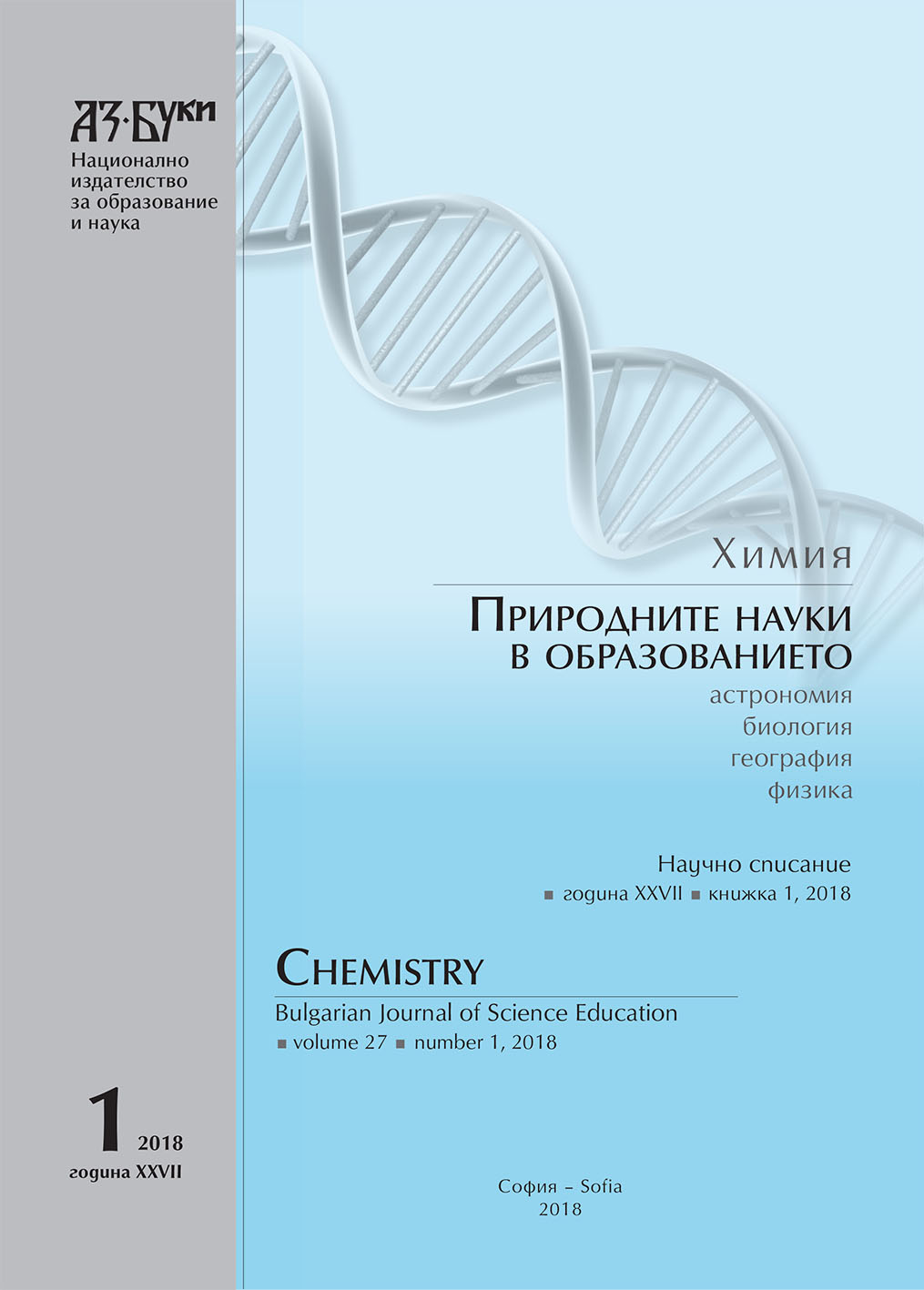Експеримент с мобилна станция и дисперсионно моделиране в търсене на отговор на въпроса трафикът ли е източникът на пиковите обгазявания на Стара Загора с азотни оксиди
An Experiment with a Mobile Station and Dispersion Modeling in Search of an Answer to the Question whether Traffic is the Source of Peak Gassing with Notrogen Oxides over Stara Zagora, Bulgaria
Author(s): Yanka Stoyanova, Nikolai TakuchevSubject(s): Social Sciences, Economy, Education, Geography, Regional studies, Energy and Environmental Studies, Regional Geography, Environmental Geography, Geomatics, Sociology, Adult Education, Higher Education , State/Government and Education, Evaluation research, Family and social welfare, Policy, planning, forecast and speculation, Human Ecology, Environmental interactions, Globalization, Inclusive Education / Inclusion, Socio-Economic Research
Published by: Национално издателство за образование и наука „Аз-буки“
Keywords: urban air pollution; nitrogen oxides; nitrogen dioxide; mobile station; dispersion modeling
Summary/Abstract: Between 2006 and 2012, the stationary automatic air quality monitoring station in Stara Zagora, Bulgaria repeatedly registered peaks of the nitrogen dioxide concentration over-treshold levels (the highest so far in Bulgaria), with unknown origin. The main suspect was traffic оn the street near the measuring station. The behavior and intensity of air pollution with nitrogen oxides emitted by the motor vehicles crossing a city junction, with three times more intense traffic than that near the stationary station, was investigated. The study included vehicle counting and subsequent dispersion modeling. At the time of counting, total urban nitrogen pollution in the junction area was measured by a mobile station. Within seven years - 2010, 2011 and 2017 were conducted three studies of the junction. It was found that for 7 years in the city‘s car fleet only the number of small passenger cars is decreased (49 times). The maximum concentrations of nitrogen oxides, both measured and calculated, are close in magnitude and are several times smaller than the peak values measured by the stationary station. That is, the analysis of the experiment data showed that the traffic is not the source of the peak pollution with nitrogen dioxide over Stara Zagora. Nitrogen oxides pollution often concentrates around the southwestern corner of city junctions due to the prevailing wind direction from the north-northeast.
Journal: Химия. Природните науки в образованието
- Issue Year: 27/2018
- Issue No: 1
- Page Range: 131-146
- Page Count: 16
- Language: Bulgarian
- Content File-PDF

